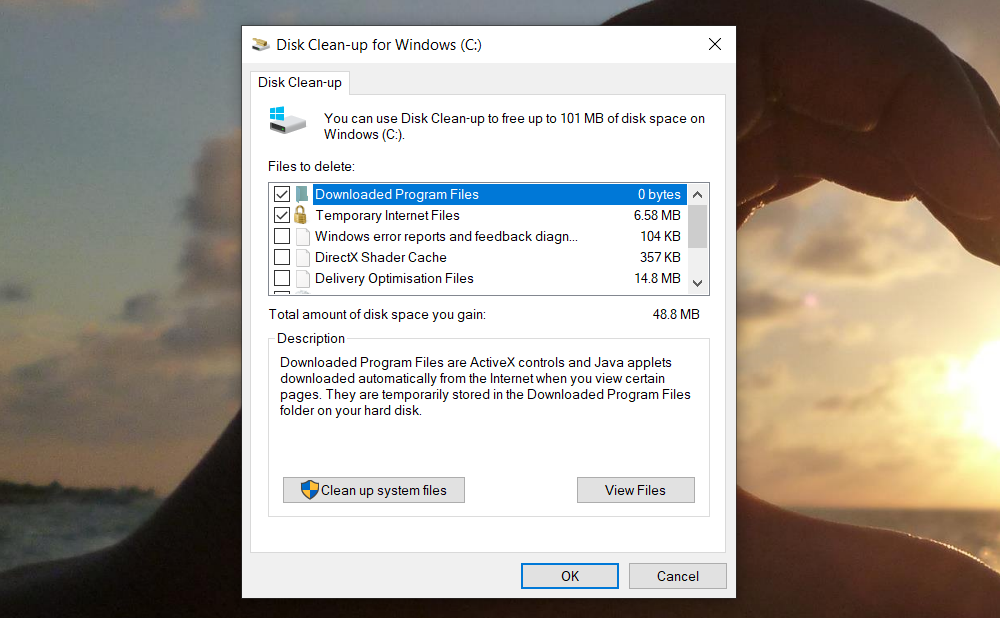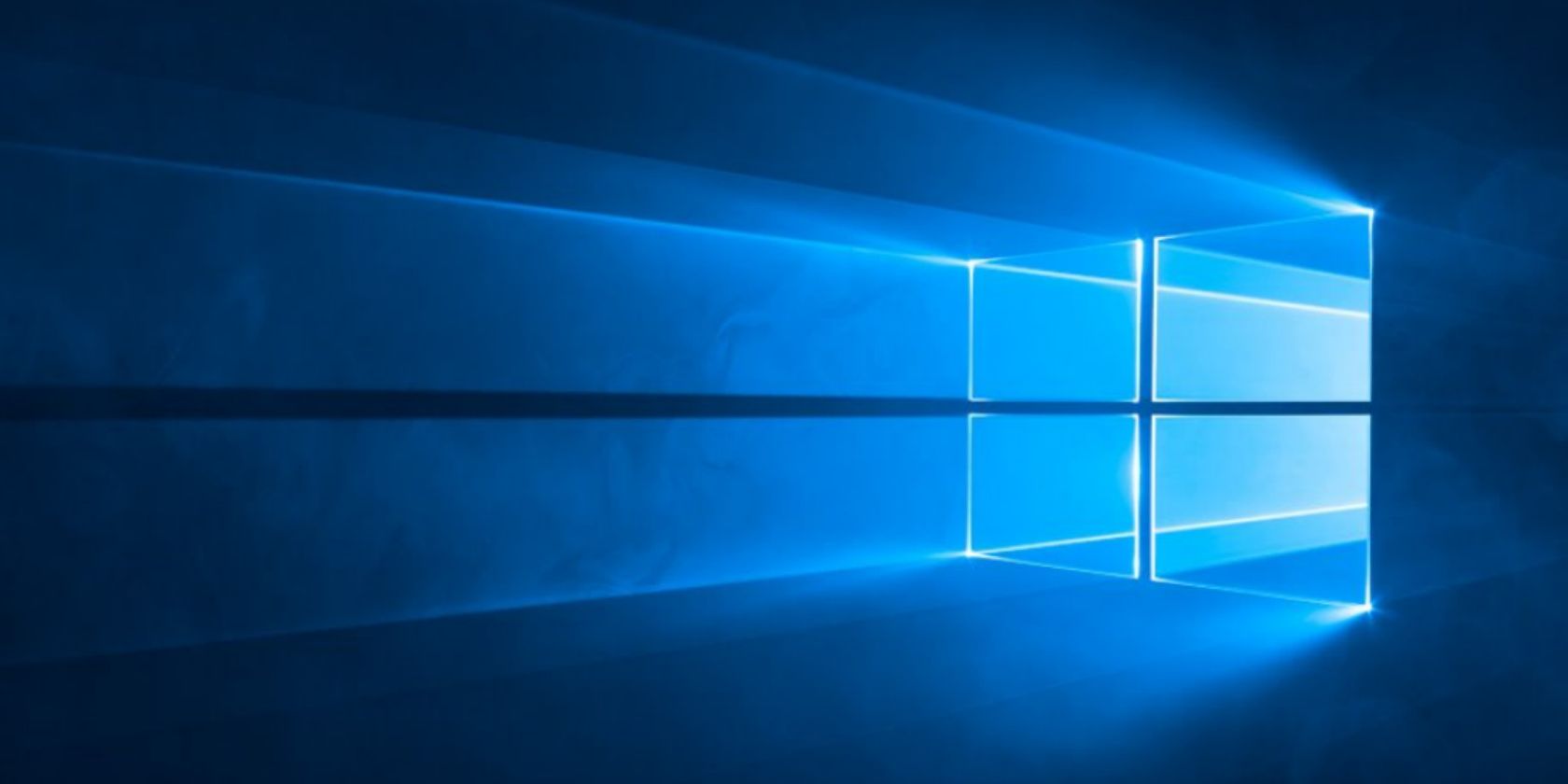How To Delete Downloaded Windows Updates
How to Delete Old Windows Update Files
At that place is still ane part of Windows Update that needs your attending: the former files that are left behind. They can take up a lot of space.
After what feels like an eternity, Microsoft has found a solution to the Windows updates conundrum—and more than amazingly, users are happy with it.
Windows Update is at present well-nigh entirely automated, relying on active hours, customizable restarts, and manual pauses to requite users more control. Only there is nonetheless one part of Windows Update that needs your attention: the former files that are left behind. They can have up a lot of infinite.
Thankfully, information technology is like shooting fish in a barrel to delete Windows ten one-time update files. Continue reading to larn how.
How to Delete Onetime Windows Update Files

- Open the Start menu, type Command Panel, and press Enter.
- Become to Administrative Tools.
- Double-click on Disk Cleanup.
- Select Clean up organisation files.
- Marking the checkbox next to Windows Update Cleanup.
- If available, you tin can also mark the checkbox next to Previous Windows installations. Doing so volition delete the Windows.old file.
- Click OK.
- Await for Windows to complete the uninstallation procedure.
After yous delete onetime update files, as outlined above, you might also desire to delete some Windows files and folders to gratis up even more space.
Some of the most mutual files and folders that yous tin can safely delete include upgrade log files, unused language resource files, and temporary files.
And if y'all always need to install certain updates, you can use the Microsoft Update Catalog.
It is a library of all previous updates that y'all tin can search and use for free. The catalog is useful if you encounter corrupted updates for any reason.
And remember the golden rule of keeping your reckoner free of clutter—never install apps you don't need!
About The Author
Source: https://www.makeuseof.com/tag/delete-old-windows-update-files/
Posted by: goodssupostabothe.blogspot.com



0 Response to "How To Delete Downloaded Windows Updates"
Post a Comment